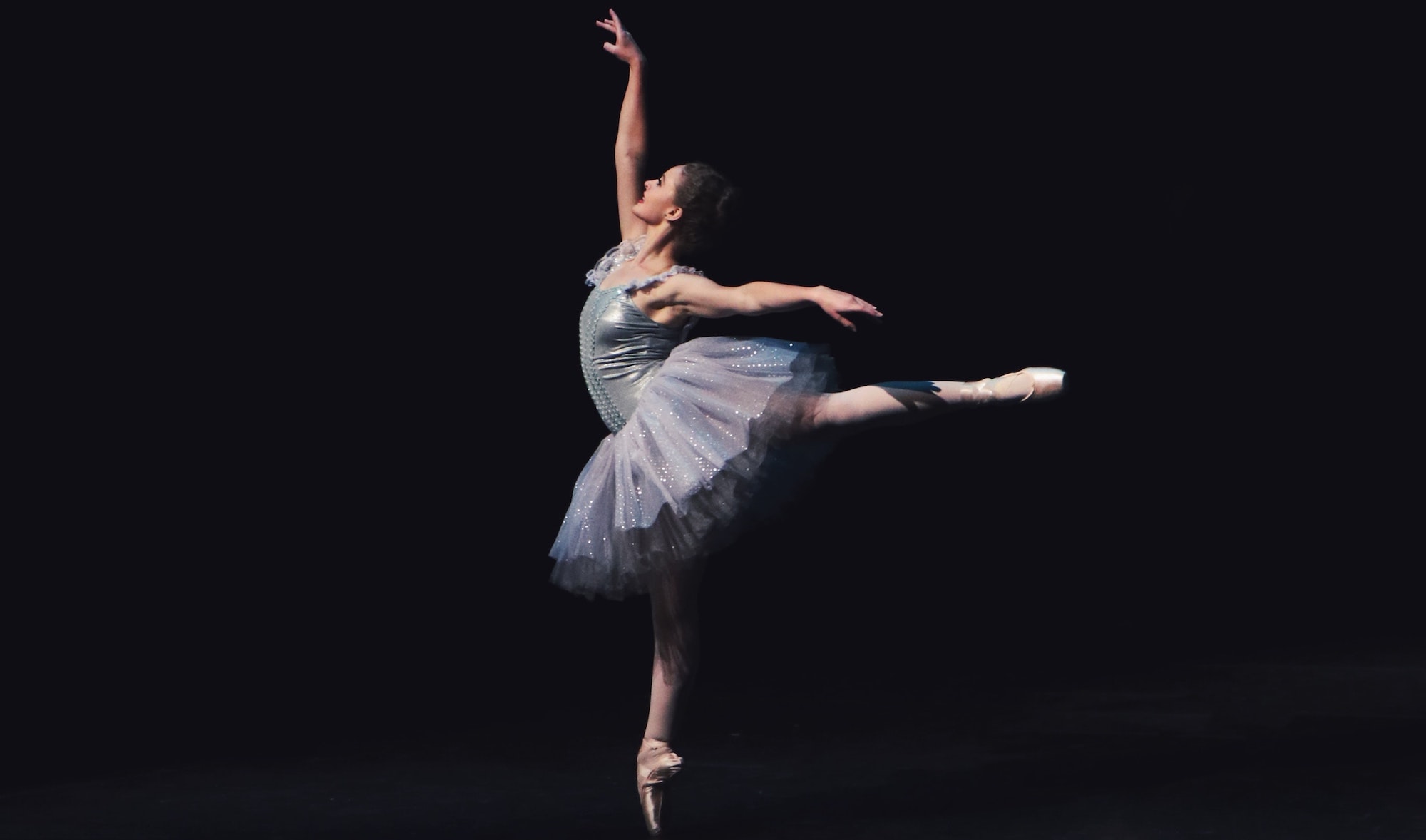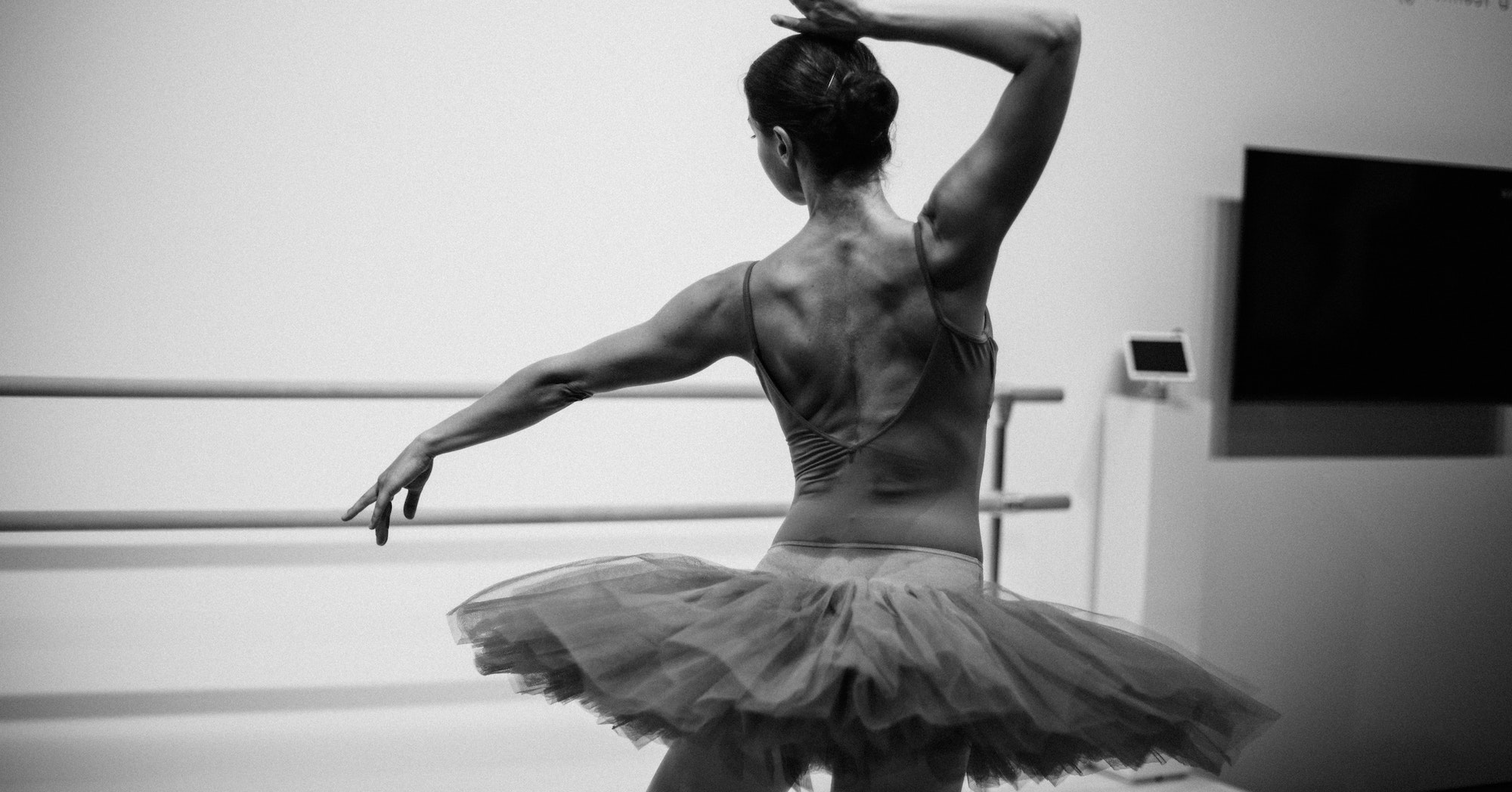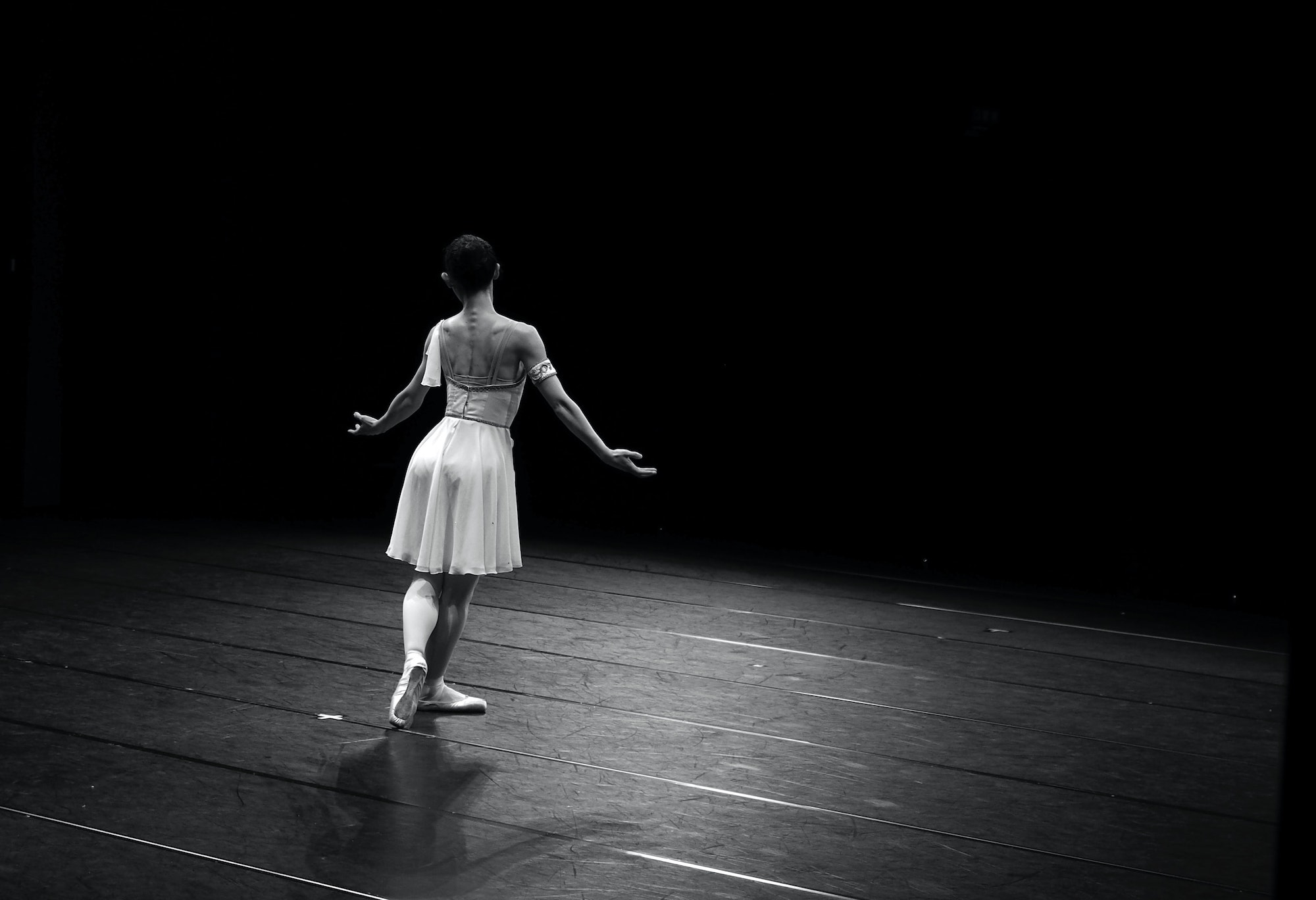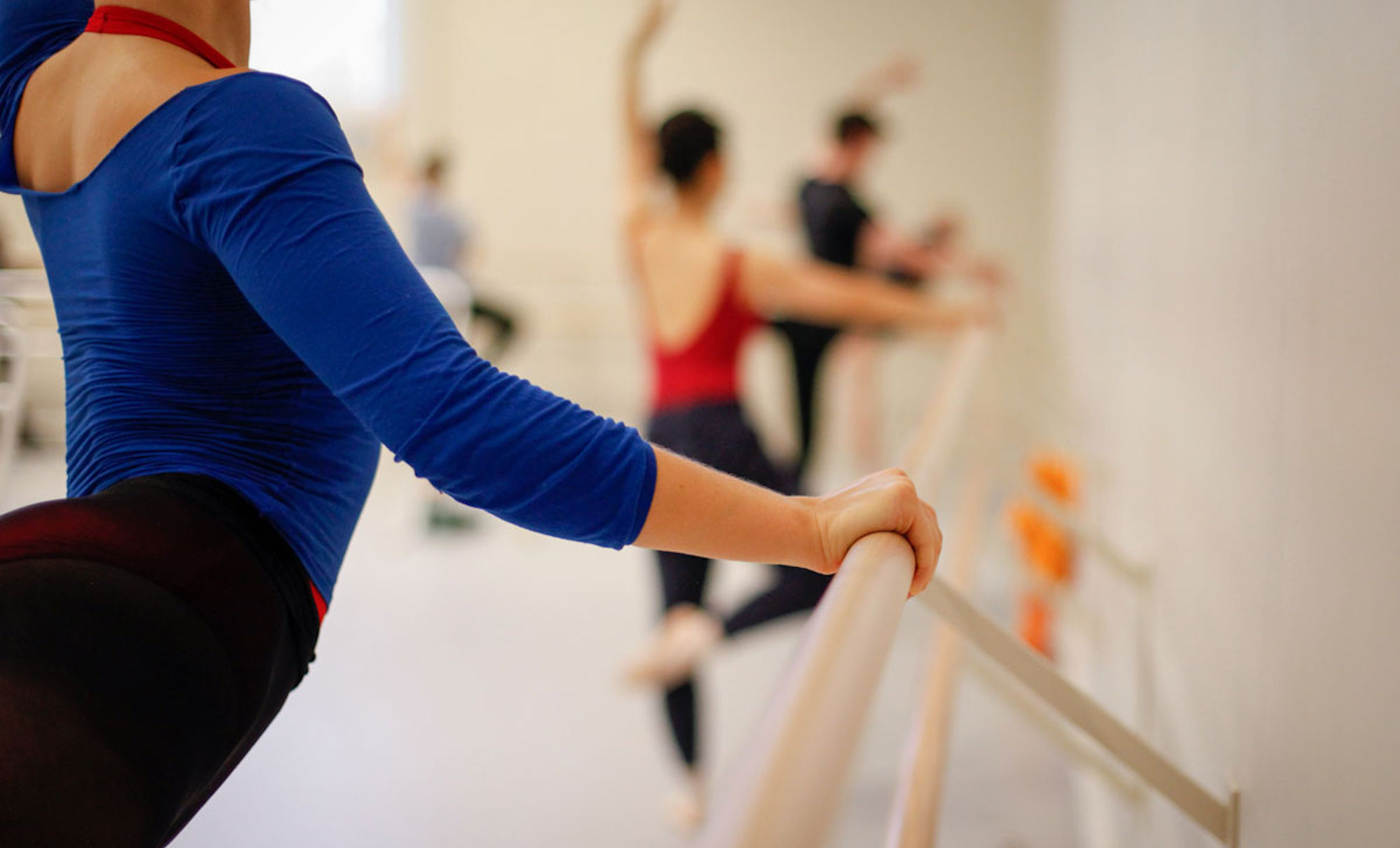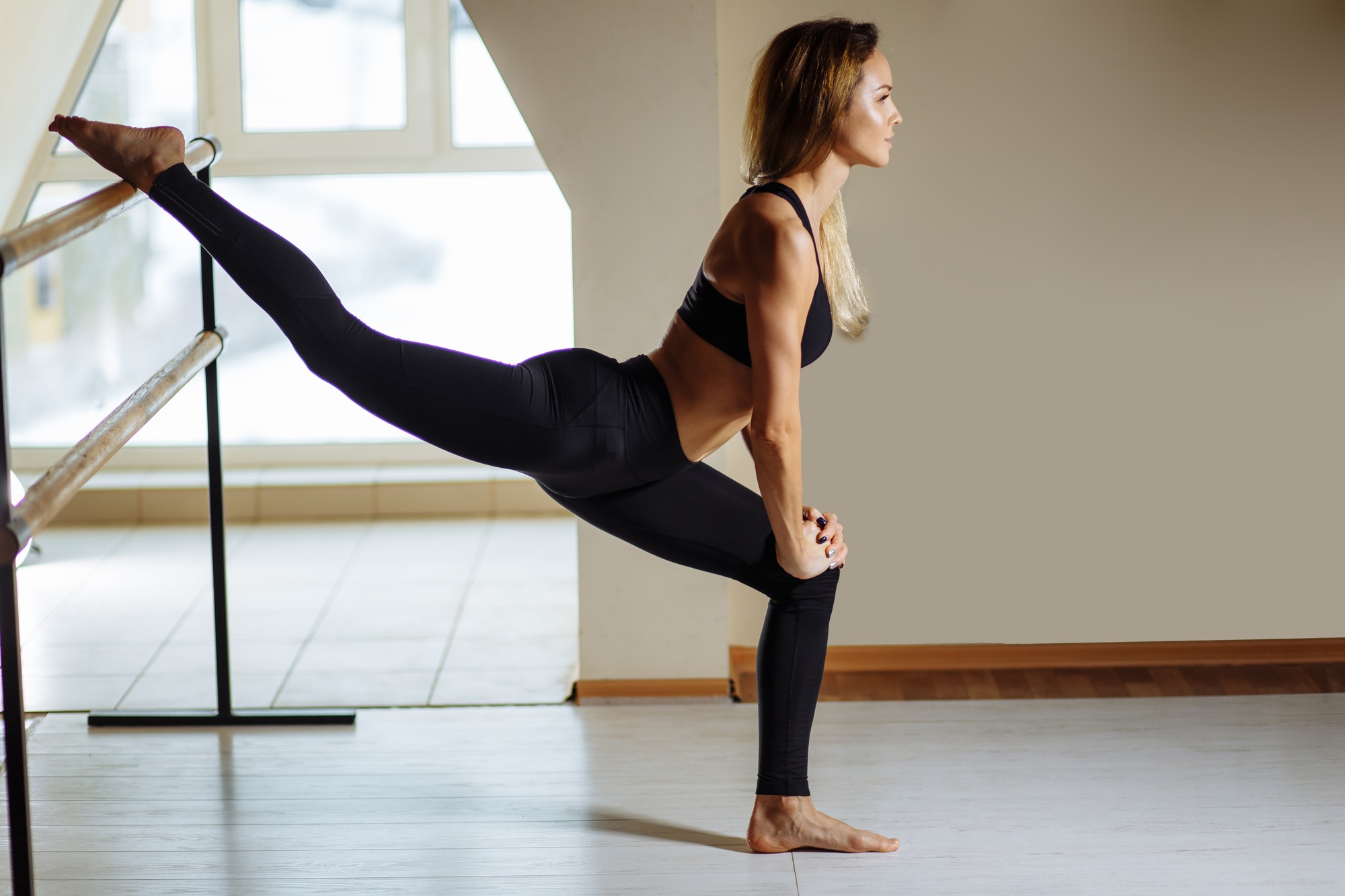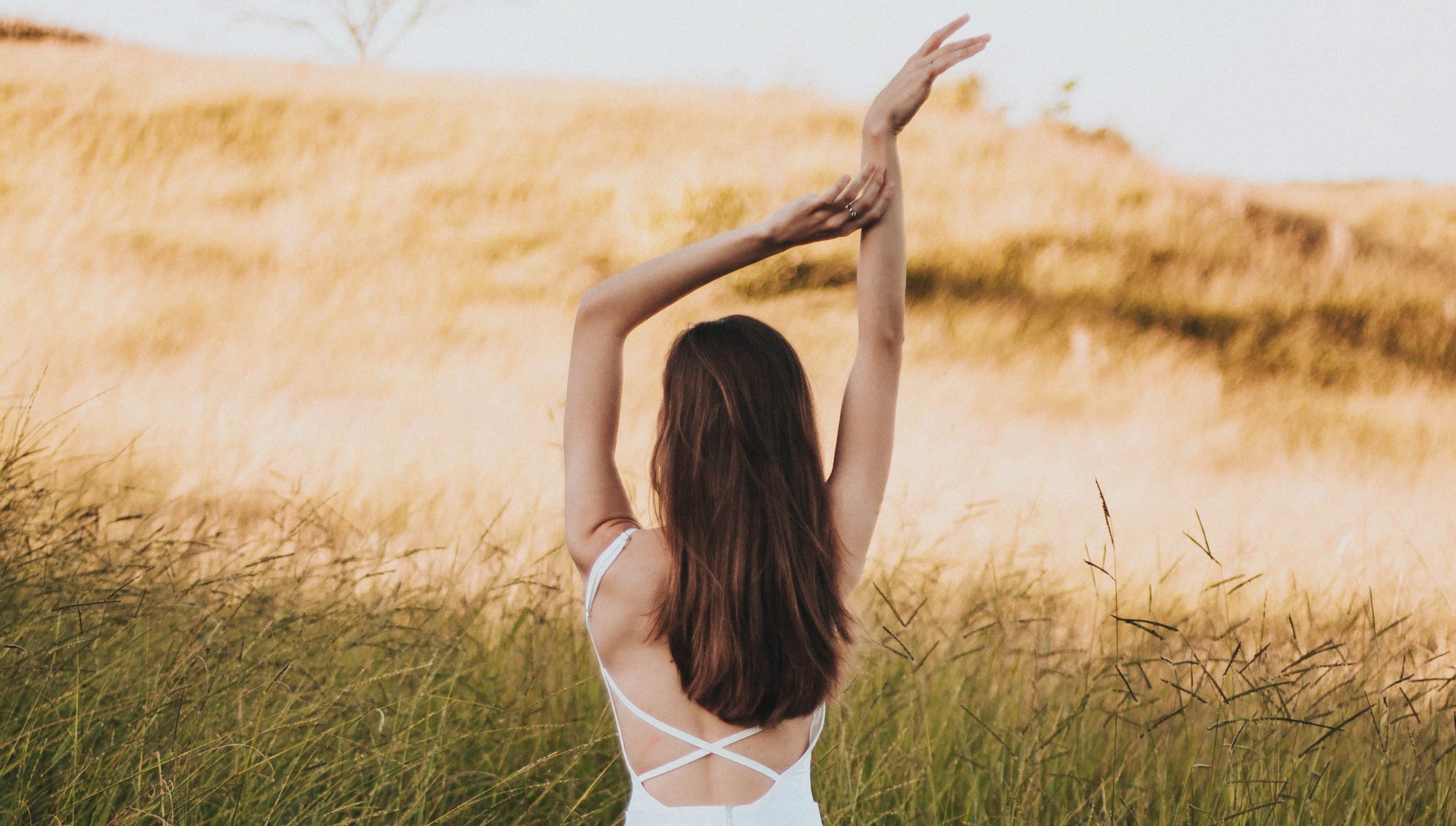14 Nov Ballet Foundations: Arabesque
One of the most recognizable steps in classical ballet vocabulary, the arabesque is a gorgeous position where the body is supported on one leg, with the other leg extended directly behind the body with a straight knee. Depending on the context (barre, center, or choreography),...

